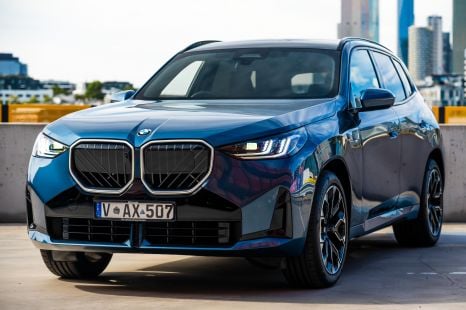

Jack Quick
8.4
5 Days Ago
French-made, Austrian-engineered, British-backed Ineos Grenadier 4x4 a tick over a year from production. Here's a testing update on this mooted LandCruiser 70 rival, and potential old Defender replacement.

Senior Contributor


Senior Contributor
The pandemic has created six-month (ish) delays, but Ineos Automotive says it’s around a quarter of the way through prototype hardware testing on its hyped Grenadier 4×4.
The company’s chief engineer says about 100 ‘2B’ prototypes are being put through their paces across 15 countries with extreme weather.
The ultimate goal is 1.5 million on-road and 300,000 off-road testing kilometres before sign-off.
This startup competitor for the Toyota LandCruiser 70, Mercedes-Benz G-Class, and Land Rover Defender (new and old alike) is slated to enter production in July 2022 at its recently purchased Mercedes-Benz facility in Hambach near the French-German border.
It had previously been slated to hit production late in 2021, as we reported late last year.
“Our main purpose at the beginning of our testing was to validate the concept,” said head of engineering Oliver Schlipf.
“You can develop something on a board and on a computer, but you really see for the first time when you’re sitting in the vehicle and crashing the vehicle, if it comes together….
“We are really satisfied with the results from our hardware testing until now, they’re very close to our simulations and that’s always a good sign. That’s the starting point for further development and improvement.”
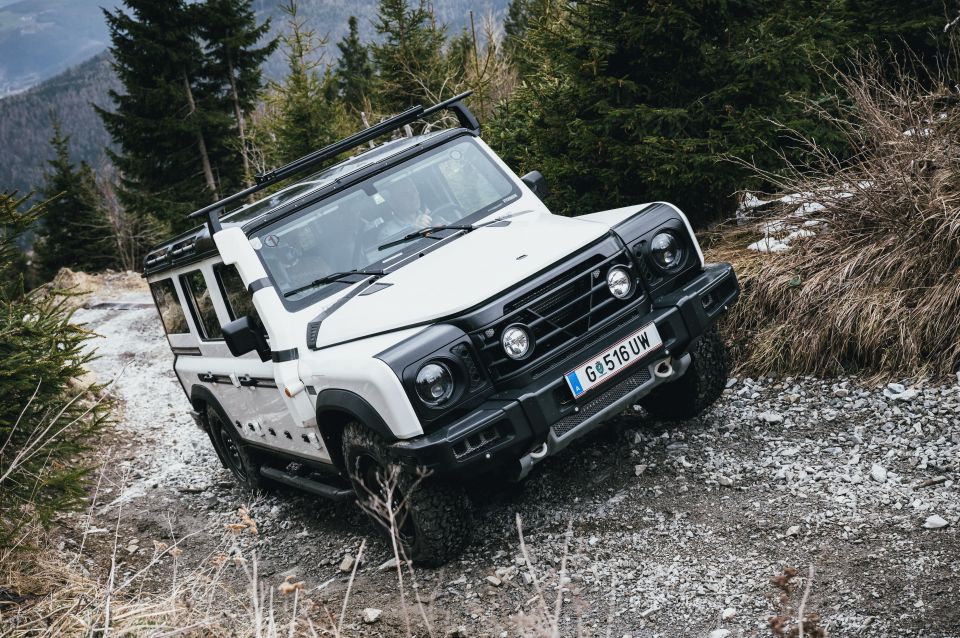
Ineos says the first part of program – comprising sub-zero drivetrain and safety analysis in sub-zero Sweden, and altitude testing at Austria’s Schöckl mountain near the home of its engineering partner Magna – has been ticked off.
“Now we started our rough-road durability testing, our water tightness program, corrosion protection program, and then we continue with winter testing behind us, preparing for summer and high speed testing, the remaining program for the 2B vehicles,” Schlipf added.
He claimed that testing will take place in 15 countries including Austria, Germany, Italy, Spain, South Africa, Namibia, Sweden, Iceland, and the USA. Any early thought to do Aussie desert testing was kiboshed by COVID travel restrictions.
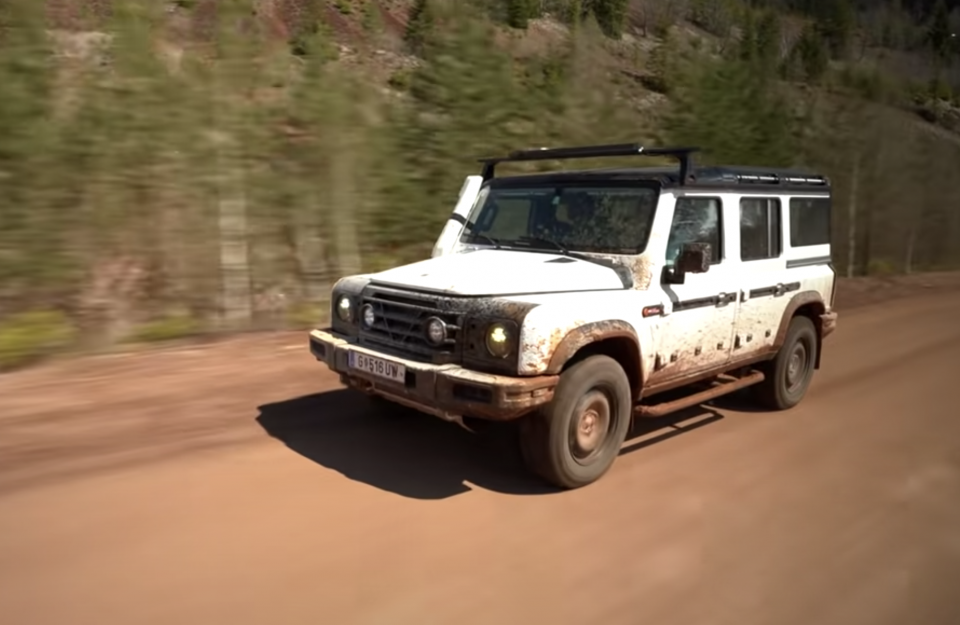
Schlipf also said that the testing was directly translating to refinements of the product.
“We found out at the beginning of 2B program with our chassis tuning vehicles, in regards to drivability and stability, we will adjust a little our axle geometry,” he said.
“That is going on through all the vehicle, starting with chassis, then body-in-white, testing the interior, everything is done to improve the maturity of the vehicle when we go into series production.”
While the focus is on making the Grenadier a proper off-roader, Schlipf acknowledged that “probably the vehicle will see more kilometres on road than off road, so we need to make sure you have a very good on-road performance [too]”.
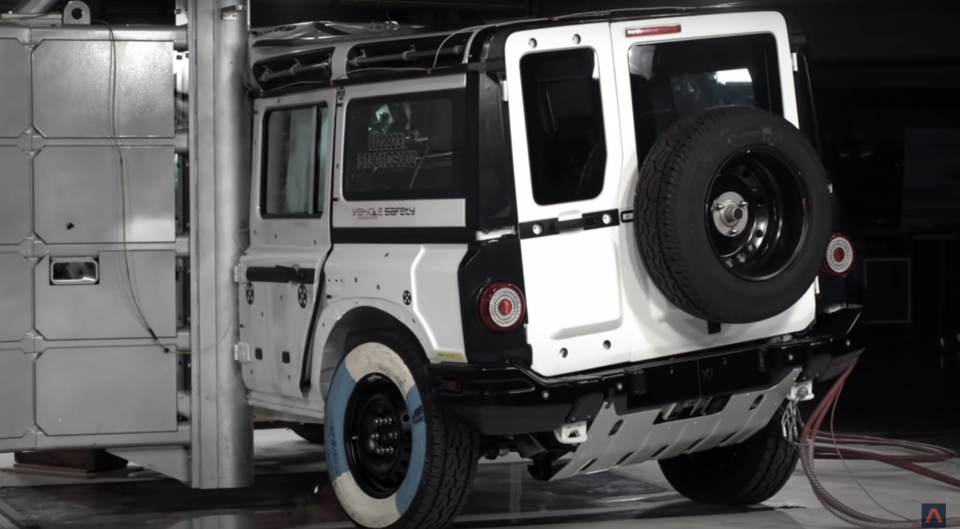
The Grenadier project is the brainchild of Sir Jim Ratcliffe, the British billionaire engineer and chairman of multinational petrochemical giant Ineos.
The official story says that Ratcliffe was hanging out in London’s Grenadier pub in 2017, bemoaning Land Rover’s decision to kill the rugged old Defender and replace it with the more modern and luxurious new model that could meet modern safety and emissions tests more easily.
“The Grenadier project started by identifying a gap in the market, abandoned by a number of manufacturers, for a utilitarian off-road vehicle,” Ratcliffe said.
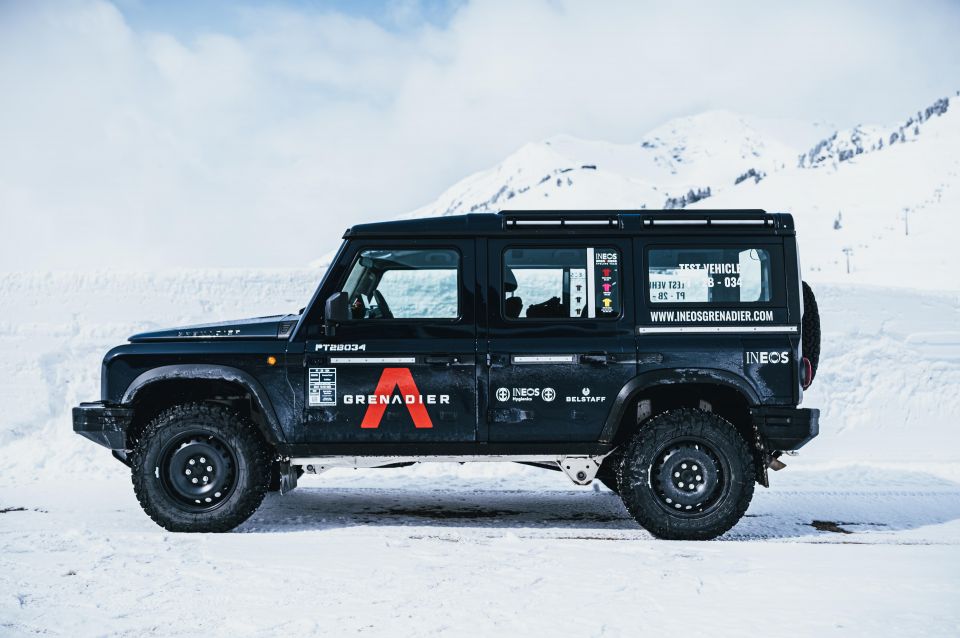
Brexiteer Ratcliffe had intended for the Grenadier to be made in the UK, but said Hambach “presented us with a unique opportunity that we simply could not ignore: to buy a modern automotive manufacturing facility with a world-class workforce”.
Ineos owns a chunk of the Mercedes F1 team, which may have given it the inside line on the factory acquisition.
The old Land Rover Defender lookalike will be sold as a body-on-frame 4×4 wagon at first, with low-range gearing, multiple diff locks, retuned BMW inline-six engines, and stripped-back off-road suspension, “designed and built to handle the world’s harshest environments”.
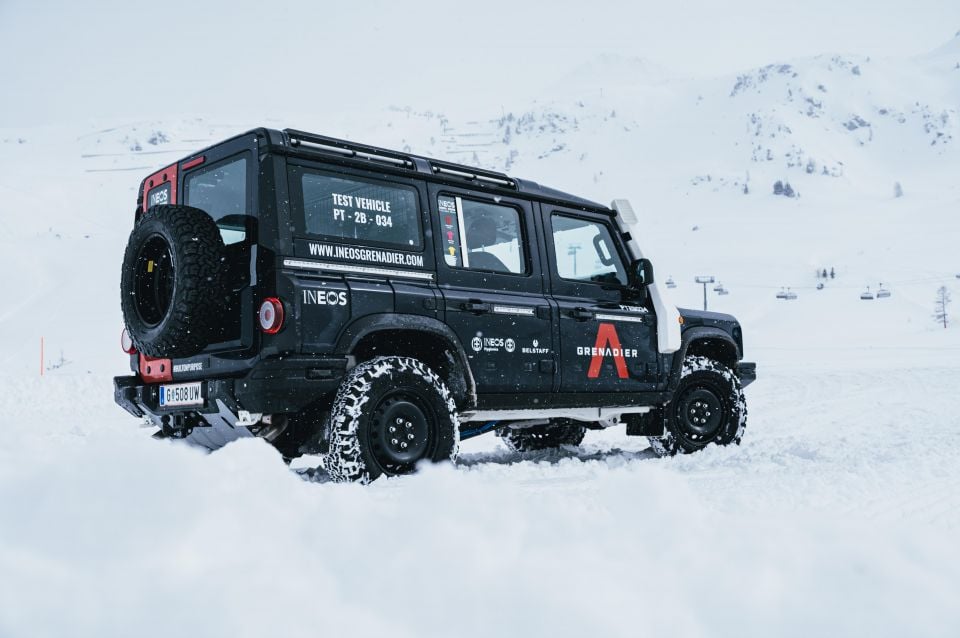
Sales will likely start in Europe before branching out across the world to markets including the US and, indeed, Australia, where demand for stripped-back 4x4s that don’t break is particularly high. The goal is understood to be LandCruiser 70 Series pricing.
Ineos Automotive recruited Justin Hocevar, former Renault Australia managing director and Jaguar Land Rover Australia sales director, to the role of APAC region sales and marketing head, to oversee the rollout in this region.
A box-section ladder frame up 4mm thick walls is expected to feature – no monocoque here.
The Grenadier is expected to have beam axles front and rear made by Italy’s Carraro, supplier to tractor-makers John Deere and Massey Ferguson. They’ll support multi-link suspension with separate long-travel Eibach coils and ZF dampers, and panhard rods.
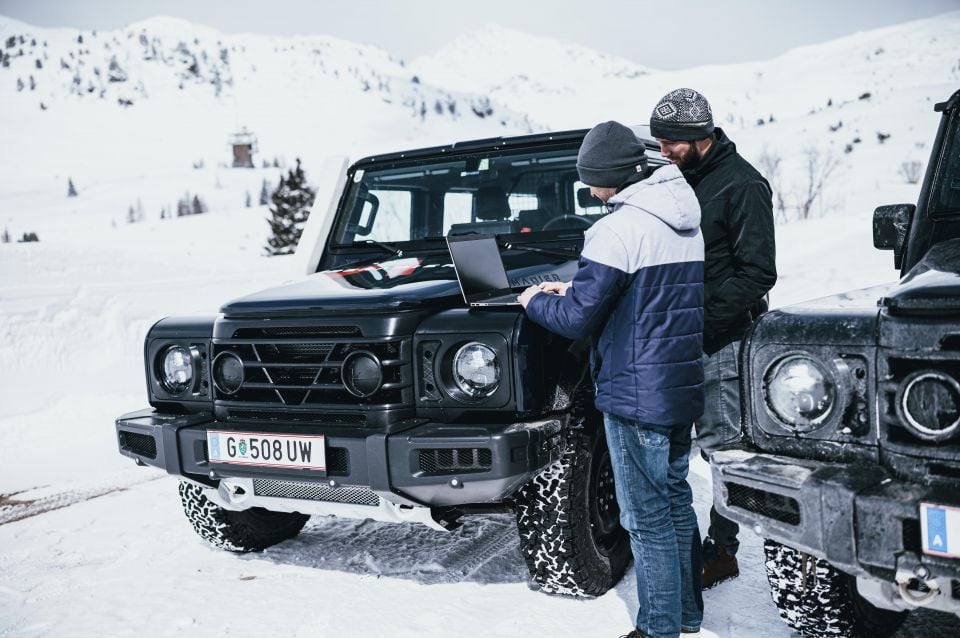
There’ll also be permanent 4×4 rather than part-time, a mechanical transfer case for low-range, and diff locks front, centre and rear. Payload must be at least a tonne before the road cars are signed off, and the towing capacity target is 3.5-tonnes.
Engines will be supplied by BMW. Both are 3.0-litre inline-six cylinder donks, one that runs on petrol and the other on diesel. They’re codenamed B57 and B58 if you want to head to Wikipedia for more.
Both will be linked up to a ZF eight-speed automatic transmission as the sole choice – a key difference from the manual-only LandCruiser 70 and old Defender. The rationale is that fleet buyers want everybody to be able to drive their vehicles, and fewer people these days can drive three-pedal cars.
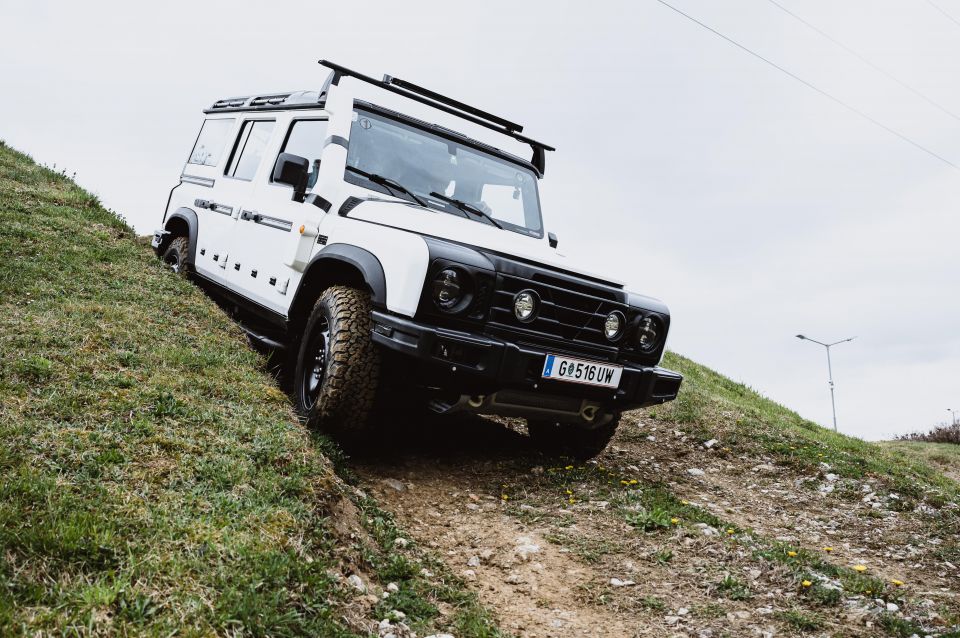
The Grenadier will eventually be powered by hydrogen fuel-cell technology supplied by Hyundai too, after the companies signed a memorandum of understanding to “explore together new opportunities in the hydrogen economy” and to create a value chain in Europe.
In terms of design, the UK High Court dismissed an appeal last year from Jaguar Land Rover on Monday, upholding the UK Intellectual Property Office’s finding last year that the shapes the company wanted to trademark weren’t distinctive enough.
Take advantage of Australia's BIGGEST new car website to find a great deal on a Ineos Grenadier.


Jack Quick
8.4
5 Days Ago
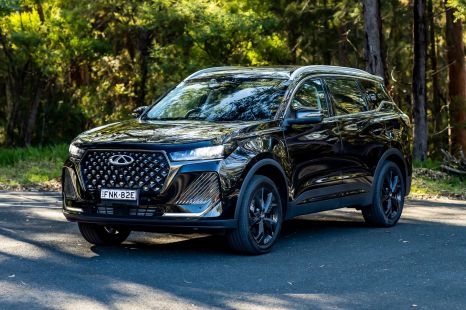

Matt Campbell
8.1
4 Days Ago
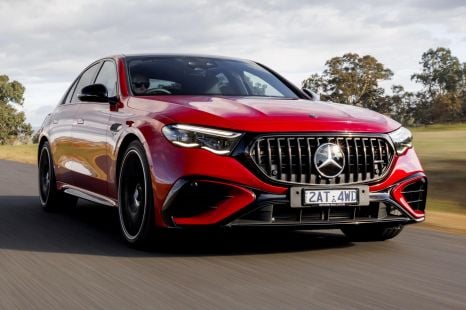

Max Davies
8
3 Days Ago
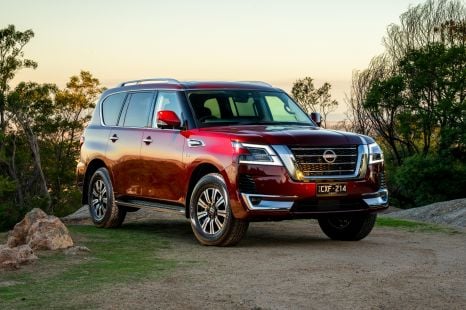

James Wong
8.1
2 Days Ago
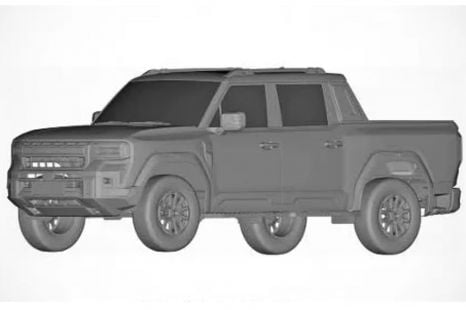

Marton Pettendy
2 Days Ago
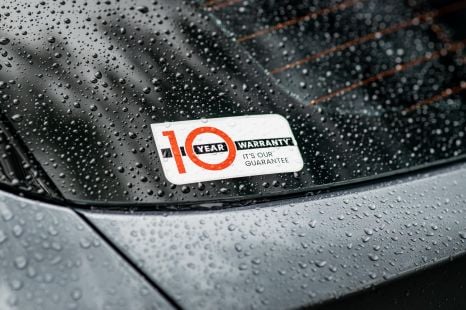

CarExpert.com.au
1 Day Ago